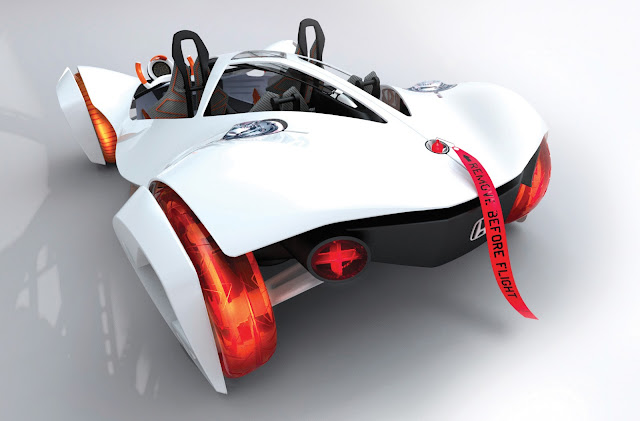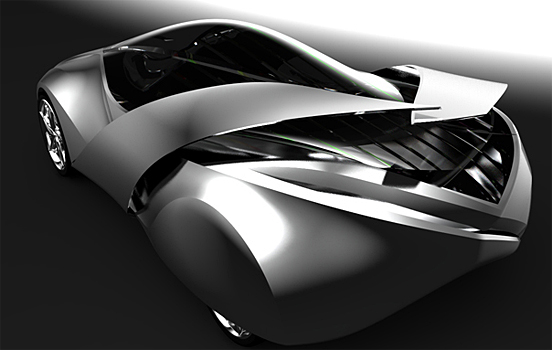The definition an automobile or car is a wheeled vehicle that carries its own motor and transports passengers. The automobile as we know it was not invented in a single day by a single inventor. The history of the automobile reflects an evolution that took place worldwide.
It is estimated that over 100,000 patents created the modern automobile. You can point to the many firsts that occurred along the way to producing the modern car; and with that goal in mind, highlighted below are articles, biographies, timelines, and photo galleries related to the history of the automobile and its many inventors.
The History of the Automobile
The automobile as we know it was not invented in a single day by a single inventor. The history of the automobile reflects an evolution that took place worldwide. It is estimated that over 100,000 patents created the modern automobile. However, we can point to the many firsts that occurred along the way. Starting with the first theoretical plans for a motor vehicle that had been drawn up by both Leonardo da Vinci and Isaac Newton.
In 1769, the very first
self-propelled road vehicle was a military tractor invented by French engineer
and mechanic, Nicolas Joseph Cugnot (1725 - 1804). Cugnot used a steam engine
to power his vehicle, built under his instructions at the Paris Arsenal by
mechanic Brezin. It was used by the French Army to haul artillery at a whopping
speed of 2 1/2 mph on only three wheels. The vehicle had to stop every ten to
fifteen minutes to build up steam power. The steam engine and boiler were
separate from the rest of the vehicle and placed in the front (see engraving
above). The following year (1770), Cugnot built a steam-powered tricycle that
carried four passengers.
In 1771, Cugnot drove one of his road vehicles into a stone wall, making Cugnot the first person to get into a motor vehicle accident. This was the beginning of bad luck for the inventor. After one of Cugnot's patrons died and the other was exiled, the money for Cugnot's road vehicle experiments ended.
Steam engines powered
cars by burning fuel that heated water in a boiler, creating steam that
expanded and pushed pistons that turned the crankshaft, which then turned the
wheels. During the early history of self-propelled vehicles - both road and
railroad vehicles were being developed with steam engines. (Cugnot also
designed two steam locomotives with engines that never worked well.) Steam
engines added so much weight to a vehicle that they proved a poor design for
road vehicles; however, steam engines were very successfully used in
locomotives. Historians, who accept that early steam-powered road vehicles were
automobiles, feel that Nicolas Cugnot was the inventor of the first automobile.
Concept Car
A concept car fulfills many important roles in the automotive industry. Concepts can be used by manufacturers to gauge public opinion of a new model, or even an entire design philosophy. Or they can be used as experimental design projects, called styling exercises. Ultimately vehicle manufacturers use concept cars to push forward the boundary's of manufacturing and production techniques, while showcasing their more advanced technology.
Some concept cars although important, are rather uninteresting. Face-lift concepts where the basic structure of the car remains unchanged from previous years but minor styling cues are altered for the new model year might fall into this category.
Compiled here is a list of interesting and important concept cars, 4x4 vehicles and motorbikes.
The concept vehicles covered were selected because they are slightly out of the ordinary, either in their design and appearance or their engineering. When compared with other concept vehicles they stand out. Fortunately owing to the many auto shows which take place every year, and the imagination of car design professionals and students the list is ever growing.
Classic Concept Cars
Concept cars play a vital role in deciding the future direction and style of production cars we see on the roads every day. Like fashion, car design is always changing. What was ground breaking one year is old news the next. Below are some concepts from the 1930's to the 1980's which are so old they are interesting again. Concepts are displayed in chronological order, beginning with the oldest.
The future car
The future car — say a 2025 model — will be a very different beast to its present day Grandfather. It will be packed with computers and safety devices, ensuring that not even a stunt driver could crash. It will run on carbon dioxide. And it will emit strawberry-scented oxygen (or perhaps not).
Predictions of future vehicles are usually wildly inaccurate. By now we should all have space programs to rival NASA based out of our backyard. However some of the automobile-related cutting-edge technology emerging now may well make it into production models of the future. But how much of this technology will be needed or even wanted ?
Car design of the present is already influenced by politicians, bureaucrats, health and safety regulations and emissions regulations, and the stunning concept seen at the motorshow emerges into the world as a 1.0 litre shopping cart — but at least its legal.
Personally I like the idea of fuel-efficient hybrid cars and fuel cell cars emitting nothing but water. However, like most enthusiasts, I also like powerful, loud convertibles with warp-speed capabilities. A sensible mix therefore is required and this will be the job entrusted to car designers and engineers of the future — to make a politically correct car that is also desirable.
Another problem facing designers of the future is coming up with styling ideas that are fresh and new. Some of the more recent concepts are certainly striking but not necessarily beautiful in the classic sense of the word. However if there is one thing the automobile industry is good at, it's innovation, and I for one am confident that radical and extreme concepts never before imagined will continue to appear at motor shows around the world.
More... Big BIKE Design & Style at
http://bigbike-classic.blogspot.com/





























